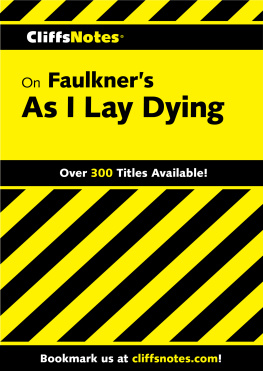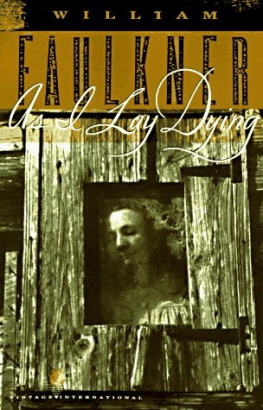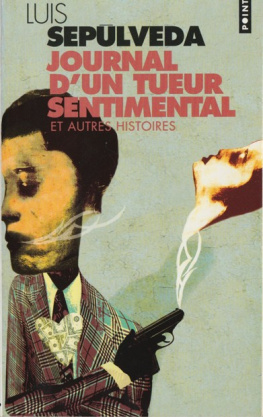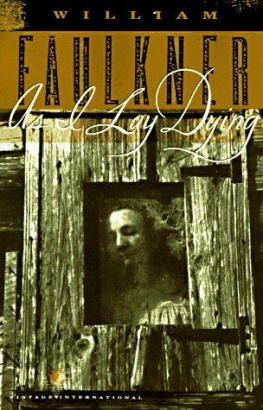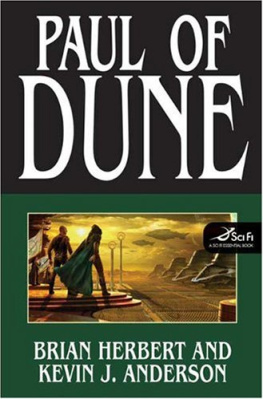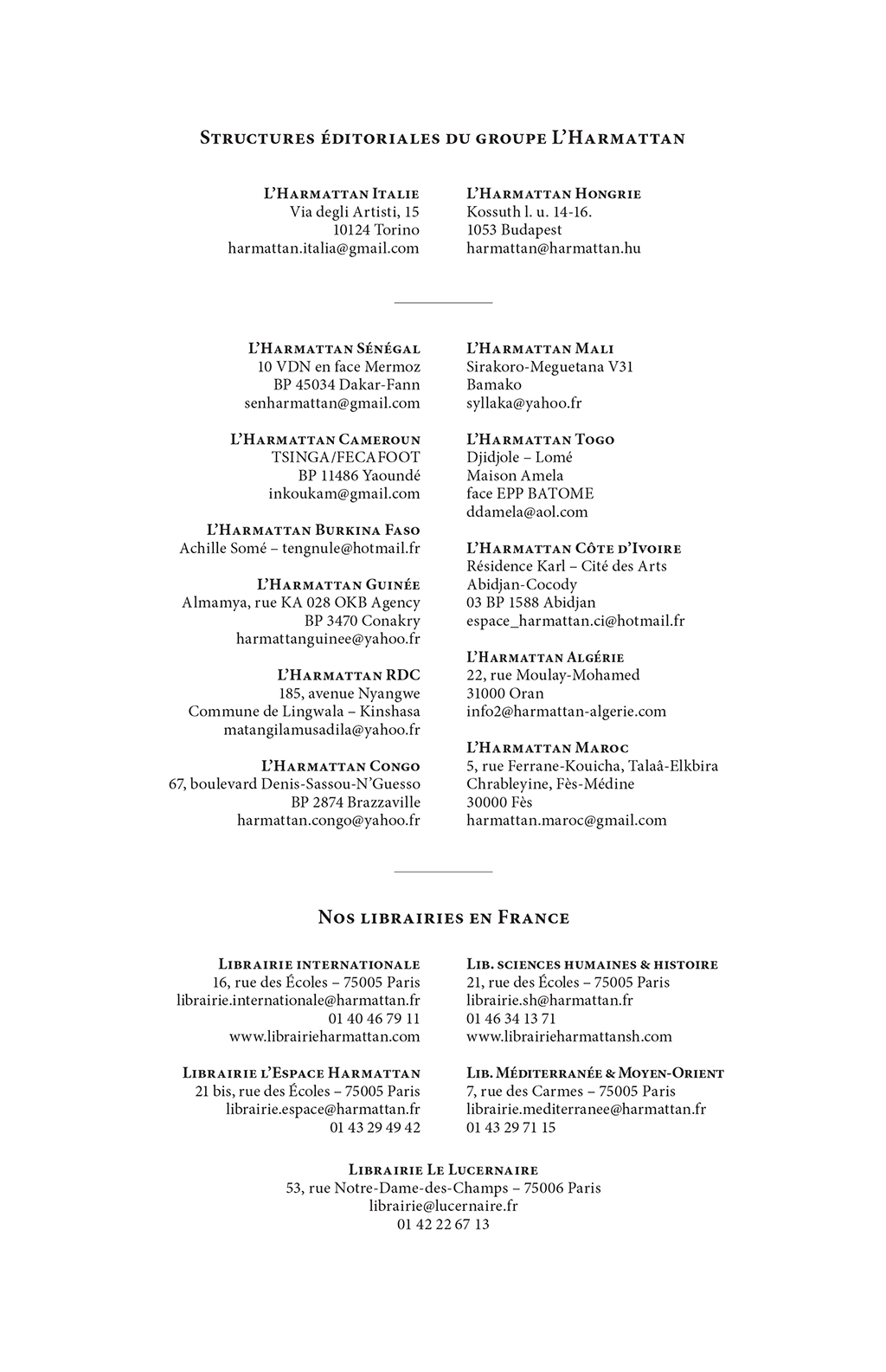Adresse
V Postface
Faulkner
Ron Rash
Perhaps there are photos of William Faulkner smiling, but as I write this I cannot remember any if there are, but on those late nights as he wrote As I Lay Dying in a boiler room at the University of Mississippi, he must have smiled often and not just at the novels darkly comic moments. I believe he would have smiled because he was writing on a level and I know of no way to say this otherwise seemingly outside the boundaries of his own abilities. I suspect the same feeling came to Melville while he wrote Moby Dick , to Twain as he wrote Huckleberry Finn , and to Fitzgerald as he wrote The Great Gatsby . What makes Faulkner my countrys greatest novelist is that it happened two more times with The Sound and the Fury and Absalom, Absalom .
I recently reread As I Lay Dying , and what I realized more than in earlier readings (at least six) was how much of the Bundrens journey is Faulkners journey as well, not as a mourner but as a cartographer. Flags in the Dust and The Sound and the Fury gave Faulkner an increasing sense of the setting of almost all his future work; Jefferson, the county seat, is vividly depicted, but As I Lay Dying achieves something more. Significantly, this is the first work in which Faulkner gives his mythical county its name, and the novels slow, wayward movement northwest to Jefferson allows a day by day rendering of a huge swathe of the county. With each page he wrote, each river and hill and farmhouse the Bundrens pass, Faulkner is meticulously charting the county map that would be published seven years later in the appendix of Absalom, Absalom . He is realizing Yoknapatawphas vastness large enough to encompass a whole lifetime of writing.
Those nights at the university, the furnace stoked, the town asleep, with his pencil in hand, paper laid on his wheelbarrow desk, he looked up, maybe to check the fire, maybe to loosen his neck or back, and he smiled. Yes, and as we say in the South, Id bet the farm on it.

Abstracts
Ineke BOCKTING. When a Mother Lays Dying or The Creative Power of Words: A Pragmatic Analysis of Addies Section in William Faulkners As I Lay Dying
William Faulkners modernist dismissal of surface appearances in favor of deeper psychological realities the problems of the human heart in conflict with itself forms a clear link with the Freudian personality construct. After exploring this Freudian connection, this essay discusses Faulkners fictional mothers especially the powerful mother Addie Bundren in the novel As I Lay Dying . It shows that through the text she speaks, this woman not only creates her own personality, but actually forms a decisive factor in the creation of the personalities of her children. The essay also includes a few observations on Faulkners relationship with his own mother.
KEYWORDS: Addie Bundren motherhood partiality language linguistics modals dialects small clause.
Franoise BUISSON. It aint on a balance : Slippage in As I Lay Dying
As I Lay Dying includes quite a few references to balance and suspension, as suggested by Cashs handbook, and this obsession with equilibrium and gravitational forces contrasts with slippage, which is defined here as a form of literal and figurative fall also linked with transience and randomness. The quest for balance constitutes a way of withstanding slippage and the Bundrens are sometimes compelled to act as acrobats or equilibrists. The purpose of the article is to highlight the major role played by geometry in the novel, which presents the reader with a topsy-turvy world mirroring an elemental imbalance. The latter is also triggered off by Addies passing and her coffin itself keeps slipping away from mens control, just as the text may slip away from the readers hermeneutic efforts. The texture of the monologues is indeed characterized by discontinuity in style, syntax and typography; such narrative breaks are but a mise en abyme of the slipping contact between signifier and signified denounced by Addie in her monologue. Finally, one may wonder whether balance is restored at the end of the novel and if Cashs picture of the re/membered family puts an end to the elusiveness of meaning.
KEYWORDS: Slippage the Bundrens as acrobats balance/imbalance geometry; carpentry discontinuities.
Franoise CLARY. Social Facts in As I Lay Dying : A Novel of Violence
This paper aims to examine how As I Lay Dying fits within the tradition of the novel of violence in America. There is a great temptation to elaborate a historical explanation of the emergence of As I Lay Dying as a novel of violence by attending to what is useful in the contextual frame of the Great Depression against which the novel was written. I have however reoriented the present treatment of As I Lay Dying as a novel of violence toward more current issues, with the claim that an aesthetical view of sociological knowledge is able to comprehend social reality at any level of abstraction. The focus of this study is to determine the nature and formal implications of the novels sensibility to social factors and to investigate into the authors representation of reality on the one hand and into his effort to stylize it into art on the other. Implicit in this approach is the questioning of avant-garde writing and the use of a language in which sensations are reported with immediacy, the unusual treatment of time together with a high degree of dramatization replete with symbols and turns of humor.
KEY-WORDS: Literature and sociology violence poor whites the Great Depression social facts and poetry.
Aurlie GUILLAIN. Economy in Faulkners As I Lay Dying
In As I Lay Dying , the model of homo conomicus , a rational agent maximizing profit and minimizing loss (Godbout), does not seem to apply to the spatial or mental wanderings of the Bundrens for whom the loss of a mother triggers a chain of self-inflicted losses. While the Tulls seem to embody sensible thrift and hard-nosed practicality, the Bundrens endlessly postponed burial of Addie is staged as an extremely costly process in which self-destructive forces evading the rationality of economic calculation seem to be at work. Does Faulkners novel suggest that an irrational, self-destructive drive is at work in the monologues of the melancholy Bundrens? And does the opposition between economic calculation and overspending, or pure expense (Bataille), point to a more basic opposition between rational and irrational thinking? This article argues that the treatment of economy in Faulkners novel does not rest on this kind of fundamental opposition between rationality and irrationality; on the contrary, it argues that the novel posits a fundamental unity in human experience.
KEYWORDS: Economy and literature calculation comsumation loss and profit balance.
Taylor HAGOOD. Reading the Rural in As I Lay Dying
Despite or maybe because of their permeating the fabric of As I Lay Dying , the details and dynamics of rural life, aesthetics, labor, and philosophy have not often been isolated and examined in scholarly discourse. This essay focuses on the rural in the novel as an element that informs characters attitudes, spatial configurations, and agency itself. Resisting a depiction of the rural that reduces it either to a Marxist fetish of labor or a Romantic idealization of aesthetic, Faulkner presents the pragmatics of rural life, space, and thinking. Faulkners careful engagement with the rural is informative about his own time and resonant for ours, especially since the politics of the rural have become visible and newly powerful, particularly in the United States.


